 Whether you are sitting, standing, walking, running, or exercising, having good posture plays an immense role in not only how you physically present yourself, but how your body develops over time. Just like most habits, posture has both good and bad sides, each with distinct effects on your body. Focusing on ways to get the most out of your posture can ultimately give you not only a better workout, but also improved health for many years to come.
Whether you are sitting, standing, walking, running, or exercising, having good posture plays an immense role in not only how you physically present yourself, but how your body develops over time. Just like most habits, posture has both good and bad sides, each with distinct effects on your body. Focusing on ways to get the most out of your posture can ultimately give you not only a better workout, but also improved health for many years to come.
Benefits of Good Posture
When we talk about the benefits of improved posture, you might first think about how you look in a mirror or in front of a camera (which is also important). But there are many other physical attributes that can be affected which might not come to mind at first. This includes immediate impact areas such as low back pain relief and less tension in the shoulders and upper back. Further, long exposure issues such as joint wear and tear and poor blood circulation can be linked to bad posture. Other than physical effects, there are quite a few emotional health issues that come to light and are associated with bad posture, including self image and depression as well as relaxation and rest.
An Easy Posture Test
Getting back to the fitness aspect of good posture, I can present a simple demonstration. First I would like for you to sit in a chair, slouching as if no one was watching. Now, sit up tall with good posture. Obviously it takes more effort to sit with good posture, including core muscles. If you apply this concept to your exercises, you might find that not only will your form improve (along with your overall safety), but you will be recruiting more muscle (and albeit small and more calorie burning).
Develop Your Posture
There are things you can do in your day-to-day life that will help you develop better posture habits. Personal habits such as sitting taller, standing taller, and exercising with good form make having good posture much easier. Other things to consider include talking to an ergonomic specialist who can help you set up your workstation to better suit your body’s needs, and talking to a fitness specialist to help with exercise form and technique.
Even though it’s a lot easier to be lazy and not care about your posture, like other aspects of your physical wellness, caring for yourself and developing good posture habits will have long-lasting benefits for your body at a very low cost, so just do it! You will be making your grandma happy in the process.
If you feel as though your posture is getting in the way of your goals and possibly worse, your health, please take time to address the issue today. Talk to a fitness professional about safer, more effective exercises at the gym focusing on form and posture. At work, you can contact your HR rep to see whether an ergonomic specialist is available to help set up your workstation. You are not alone. Let NIFS help you.
Until next time, muscleheads rejoice and evolve!
This blog was written by Thomas Livengood, NIFS Health Fitness Instructor and Personal Trainer. To learn more about the NIFS bloggers, click here.


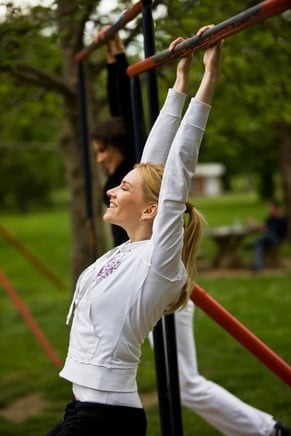 How many times have you looked around a room full of people and seen nearly everyone buried in their phones? Their shoulders are slumped forward and their head is hung low. Or maybe you’re at work, and everyone’s busy composing emails with that same forward head position? Chances are, it won’t be long before you notice this posture elsewhere, and it can wreak havoc when it comes to the health of your shoulders.
How many times have you looked around a room full of people and seen nearly everyone buried in their phones? Their shoulders are slumped forward and their head is hung low. Or maybe you’re at work, and everyone’s busy composing emails with that same forward head position? Chances are, it won’t be long before you notice this posture elsewhere, and it can wreak havoc when it comes to the health of your shoulders.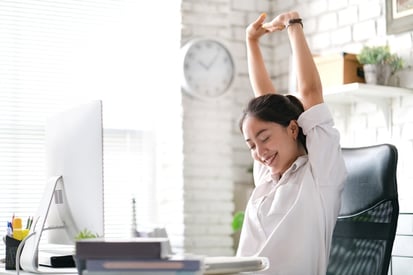 “Stand up straight!” and “Don’t slouch!” are just a couple of variations on the same advice we’ve all likely heard at least once. I apologize if I’m bringing up bad memories of being scolded for less-than-perfect posture, but this read might give you a few reasons why those remarks might have been useless after all. That’s right, folks. We’re diving into the widely covered topic of posture: What it is, whether there is such a thing as “good” posture, and what you can do to optimize your posture at any given point.
“Stand up straight!” and “Don’t slouch!” are just a couple of variations on the same advice we’ve all likely heard at least once. I apologize if I’m bringing up bad memories of being scolded for less-than-perfect posture, but this read might give you a few reasons why those remarks might have been useless after all. That’s right, folks. We’re diving into the widely covered topic of posture: What it is, whether there is such a thing as “good” posture, and what you can do to optimize your posture at any given point.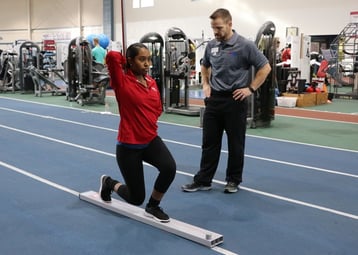 If you’re generally healthy and pain-free, you can consult with a competent trainer to do some sort of an assessment on your strategies for movement. Each individual uses preferred methods to assess movement, whether that is a
If you’re generally healthy and pain-free, you can consult with a competent trainer to do some sort of an assessment on your strategies for movement. Each individual uses preferred methods to assess movement, whether that is a 
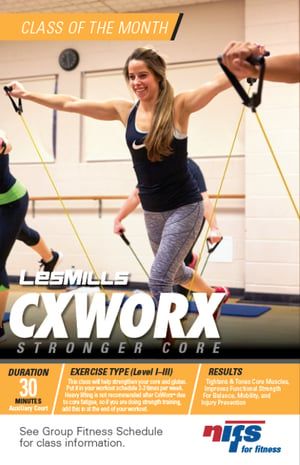 CXWORX
CXWORX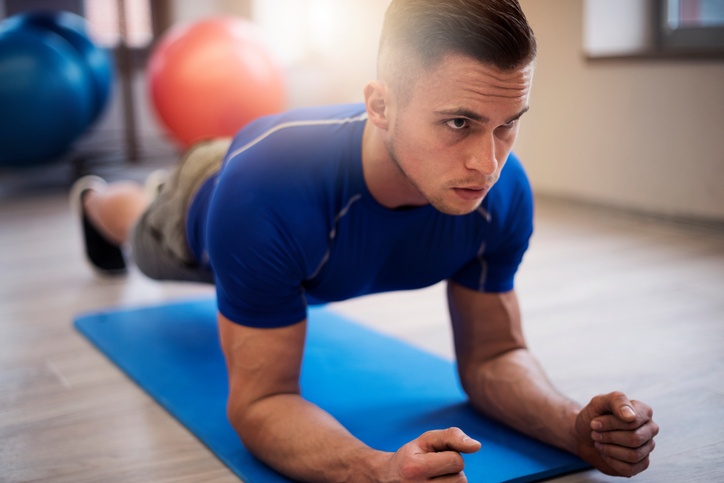 Some of the number-one fitness goals are to strengthen the core, lose belly fat, and get six-pack abs. These are all pretty good goals that can be addressed by a fitness professional and a dietitian, but everyone might not have that luxury. From a traditional perspective, we have mainly used a few ab exercises such as crunches, sit-ups, and variations of them. For the most part, these are better than the alternative—nothing at all.
Some of the number-one fitness goals are to strengthen the core, lose belly fat, and get six-pack abs. These are all pretty good goals that can be addressed by a fitness professional and a dietitian, but everyone might not have that luxury. From a traditional perspective, we have mainly used a few ab exercises such as crunches, sit-ups, and variations of them. For the most part, these are better than the alternative—nothing at all. Anti-rotational holds: Using either a cable machine or bands, stand perpendicular to the anchor point while holding your handle directly in front of your midpoint. To increase the intensity, I suggest introducing a kneeling or half-kneeling position, making the core work even harder.
Anti-rotational holds: Using either a cable machine or bands, stand perpendicular to the anchor point while holding your handle directly in front of your midpoint. To increase the intensity, I suggest introducing a kneeling or half-kneeling position, making the core work even harder.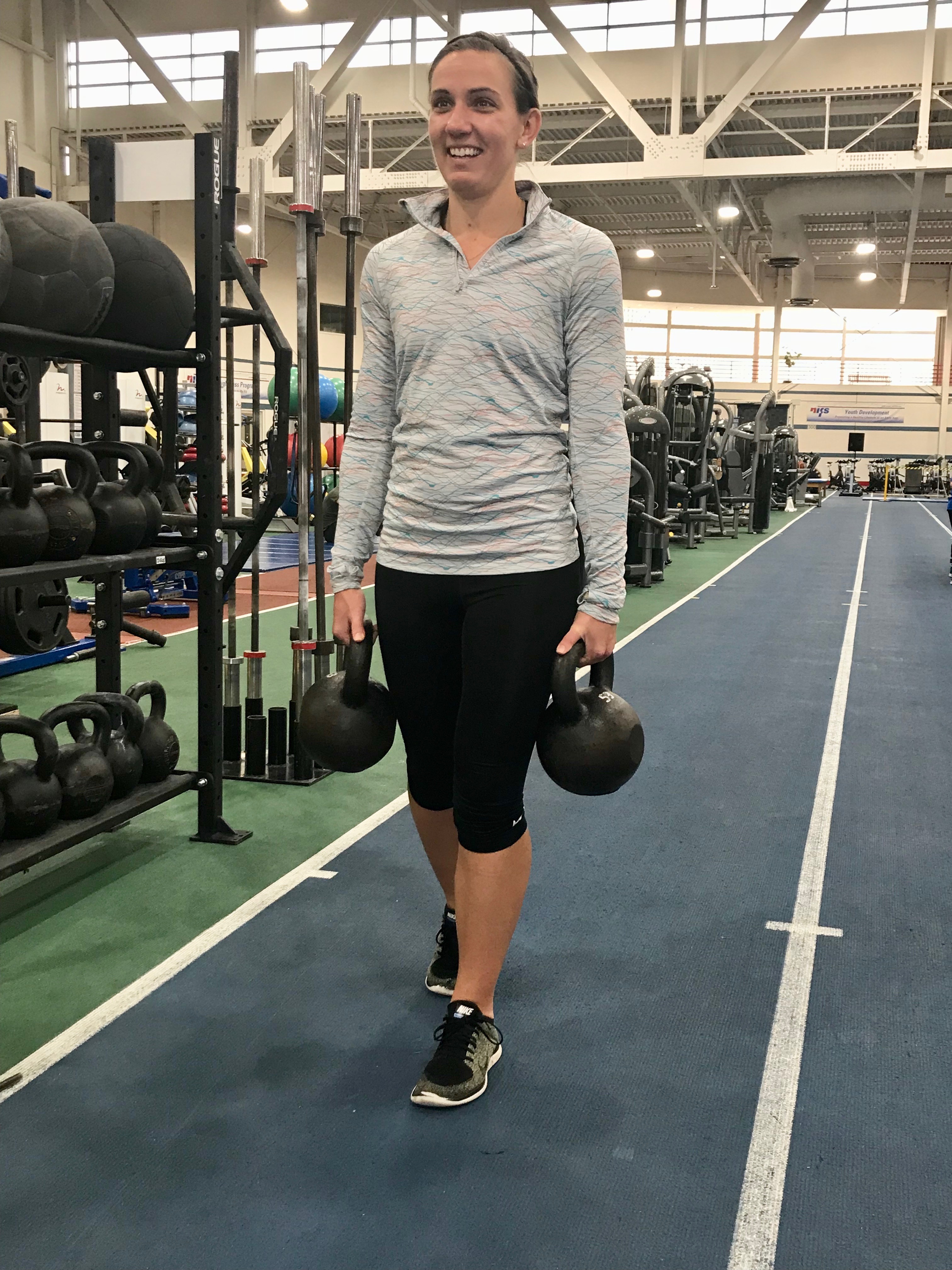 We have all seen people in the gym just walking around carrying weights such as kettlebells, dumbbells, and maybe even sandbags. It may look easy since they are just walking, but carries are a complex exercise that, when you give it a try, you will realize are actually pretty challenging. Don’t knock them until you’ve tried them!
We have all seen people in the gym just walking around carrying weights such as kettlebells, dumbbells, and maybe even sandbags. It may look easy since they are just walking, but carries are a complex exercise that, when you give it a try, you will realize are actually pretty challenging. Don’t knock them until you’ve tried them!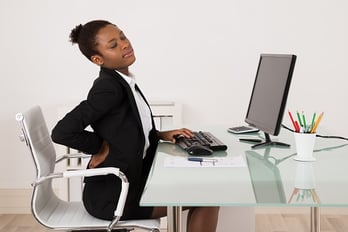 In part 1
In part 1 It then dawned on me that if it was uncomfortable for me to maintain good posture for a few seconds, imagine the effect these deficiencies will eventually have on my muscularity, the efficiency of my resistance training in regard to compensation for the targeted muscles, as well as the greater postural deficiencies that naturally occur as we get into our later years.
It then dawned on me that if it was uncomfortable for me to maintain good posture for a few seconds, imagine the effect these deficiencies will eventually have on my muscularity, the efficiency of my resistance training in regard to compensation for the targeted muscles, as well as the greater postural deficiencies that naturally occur as we get into our later years.